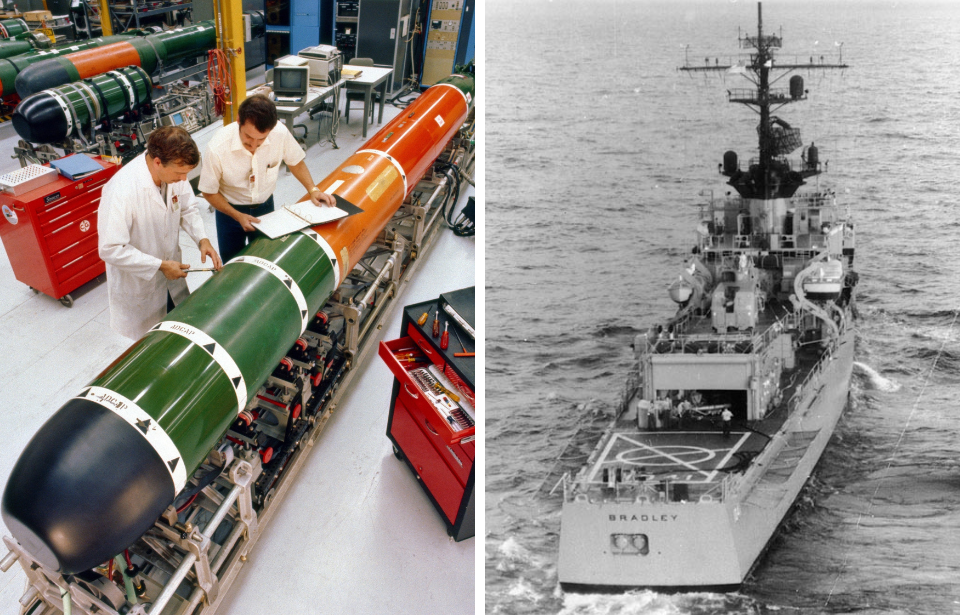On January 17, 1955, the USS Nautilus (SSN-571) radioed the historic message, “Underway on nuclear power.” This was the foundation of a new era that would see the United States develop more nuclear-powered vessels and lead the Soviet Union to design its own. It also brought about fear that pre-existing defenses in anti-submarine warfare (ASW) would prove ineffective against these new weapons.
These concerns led to the development of Mk 48 torpedoes, which were designed to destroy nuclear-powered submarines and high-performing surface vessels. With their development, the US Navy considered deploying the weapons aboard frigates, but later decided against this.
Nuclear-powered submarines became the enemy
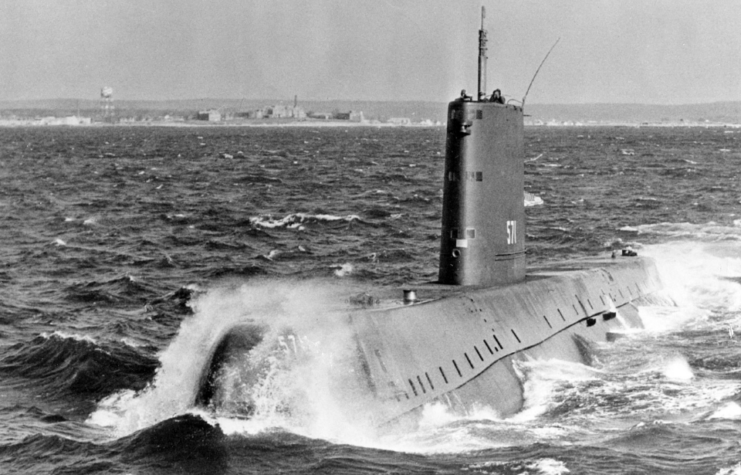
Following the commissioning of the USS Nautilus in 1954, the US Navy put the submarine through various tests to evaluate her effectiveness in combat. The results showed the vessel’s awesome power, but also the lacking nature of America’s current ASW technology.
Analyst and author Norman Friedman wrote of the exercise results, “By the fall of 1957, Nautilus had been exposed to 5,000 dummy attacks in U.S. exercises. A conservative estimate would have had a conventional submarine killed 300 times; [Nautilus] was ruled killed only three times… in effect, Nautilus wiped out the ASW progress of the past decade.”
American torpedoes, such as the Mk 37, were effective against early post-World War II diesel submarines. However, their range, acquisition and speed would be completely ineffective against a nuclear submersible capable of far greater speeds and endurance.
Project Nobska and RETORC II
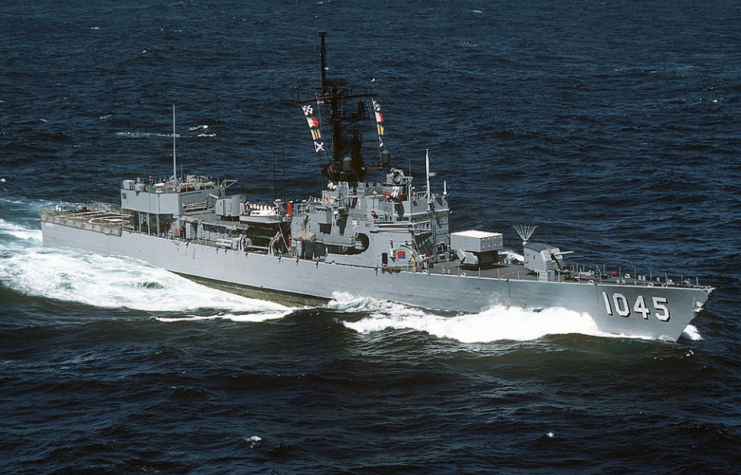
Adm. Arleigh Burke, Chief of Naval Operations (CNO), was unpleased with these results and ordered the Committee on Undersea Warfare (CUW) to hold a conference to think up any recommendations to bolster American ASW, which became known as Project Nobska. A report was given to Burke in December 1956, with new torpedoes integral to the committee’s recommendations.
The response was drastic. First was the Mk 45 ASTOR, a nuclear-tipped anti-submarine torpedo. Another suggestion was the Mk 101 Lulu, an air-dropped nuclear depth charge. A conventional, non-nuclear option, the Mk 48, was developed as part of Research Torpedo Concept II (RETORC II).
Mk 48 torpedo
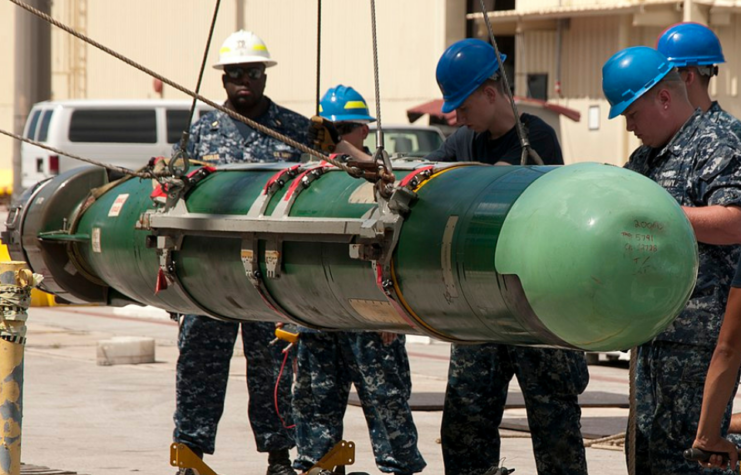
The Mk 48 entered operational service with the US Navy in 1972, replacing other torpedoes. It weighs 3,434 pounds, and with its swash-plate piston engine and pump jet can reach depths “greater than 1,200 feet” and hit speeds of 55 knots. It carries a high explosive warhead, which is detonated by a proximity fuze. The torpedo has an official effective firing range of “greater than five miles.”
In 1977, a few years after the Soviet Alfa-class submarine entered service, development began on the Mk 48 Advanced Capability (ADCAP) torpedo, which featured a range of modifications. The ADCAP entered service in 1988. Other upgrades were been made in the early 2000s, with the Mod 7 Common Broadband Advanced Sonar System (CBASS) entering service in 2008.
In the US Navy, the Mk 48 is carried by all submarines. Outside of America, it’s used by the Royal Australian Navy, the Royal Canadian Navy, the Brazilian Navy and the Royal Netherlands Navy.
Deployment of the Mk 48 torpedo aboard US Navy frigates
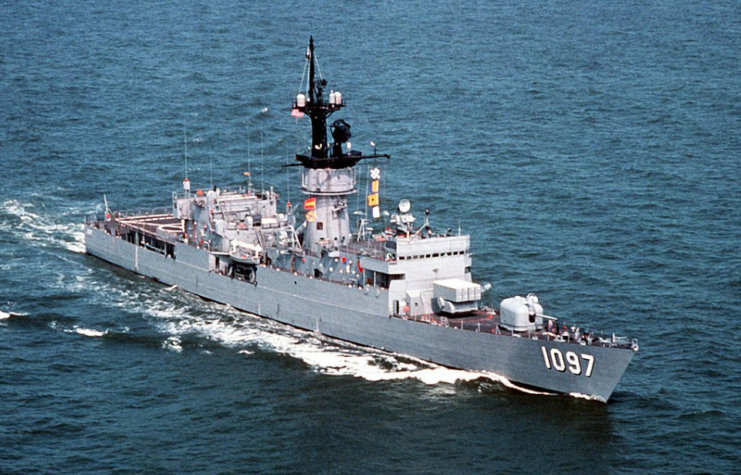
The US Navy underwent a Fleet Rehabilitation and Modernization (FRAM) program during the Cold War to extend the service life of certain ships. This saw an update in weapons and other systems. As part of FRAM I, surface ships, such as Gearing-class destroyers, were upgraded. During FRAM II, Allen M. Sumner-class destroyers were also upgraded.
The Mk 48 was brought into this program and was to be deployed aboard frigates of the Garcia-, Brooke- and Knox-classes. The first two already had single torpedo tubes, and they’d been operating with the Mk 37 torpedo since the early 1960s.
Tests were completed to see if the Mk 48 torpedoes would be effective in the ASW role aboard these frigates, with Vice Adm. Charles S. Minter Jr. telling a US Senate hearing, “Approximately 50 test launchings have been conducted from deck-mounted tubes on surface craft of various types including a destroyer escort USS Bridget (D-1024). These tests have established that the Mk 48 torpedo is suitable.”
By the mid-1970s, torpedo tubes aboard the Garcia- and Brooke-classes were removed, and the space once taken up by torpedoes aboard Knox-class frigates was filled with AN/SQS-35 IVDS Sonar equipment. Other ships considered to carry Mk 48s, including the Belknap-class, also had their torpedo tubes removed. The main reason for this was budget changes and restraints.
More from us: Project Iceworm: The US Military’s Plan to House and Deploy ICBMs from Beneath Greenland’s Ice
Ultimately, it was found the greatest hunter of a submarine was another submarine. This is why all US Navy submersibles, from the Los Angeles- to Ohio-class, are armed with Mk 48 torpedoes.
